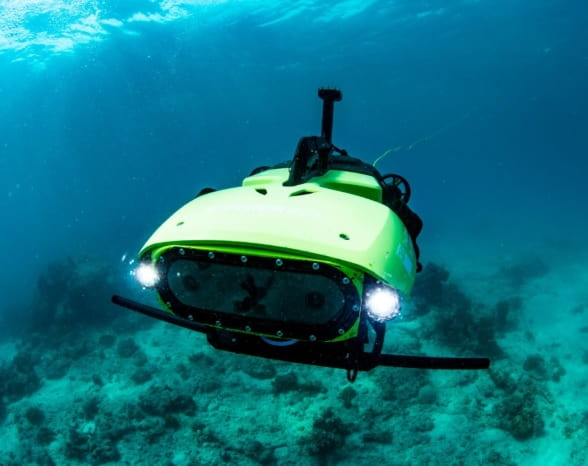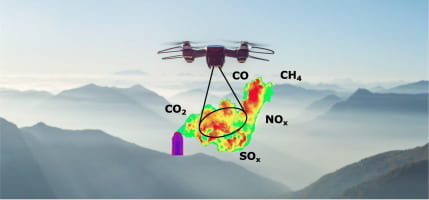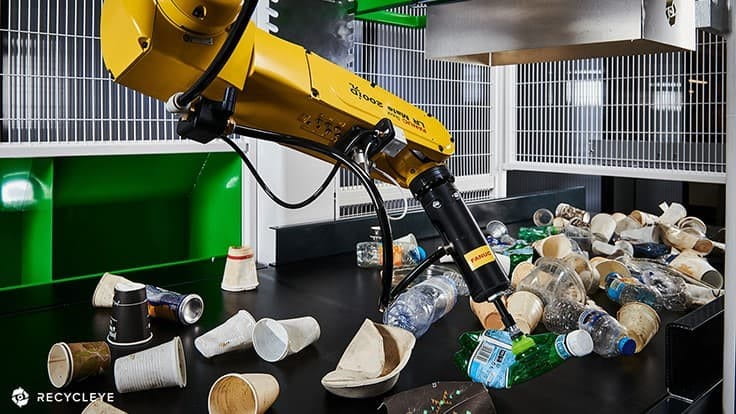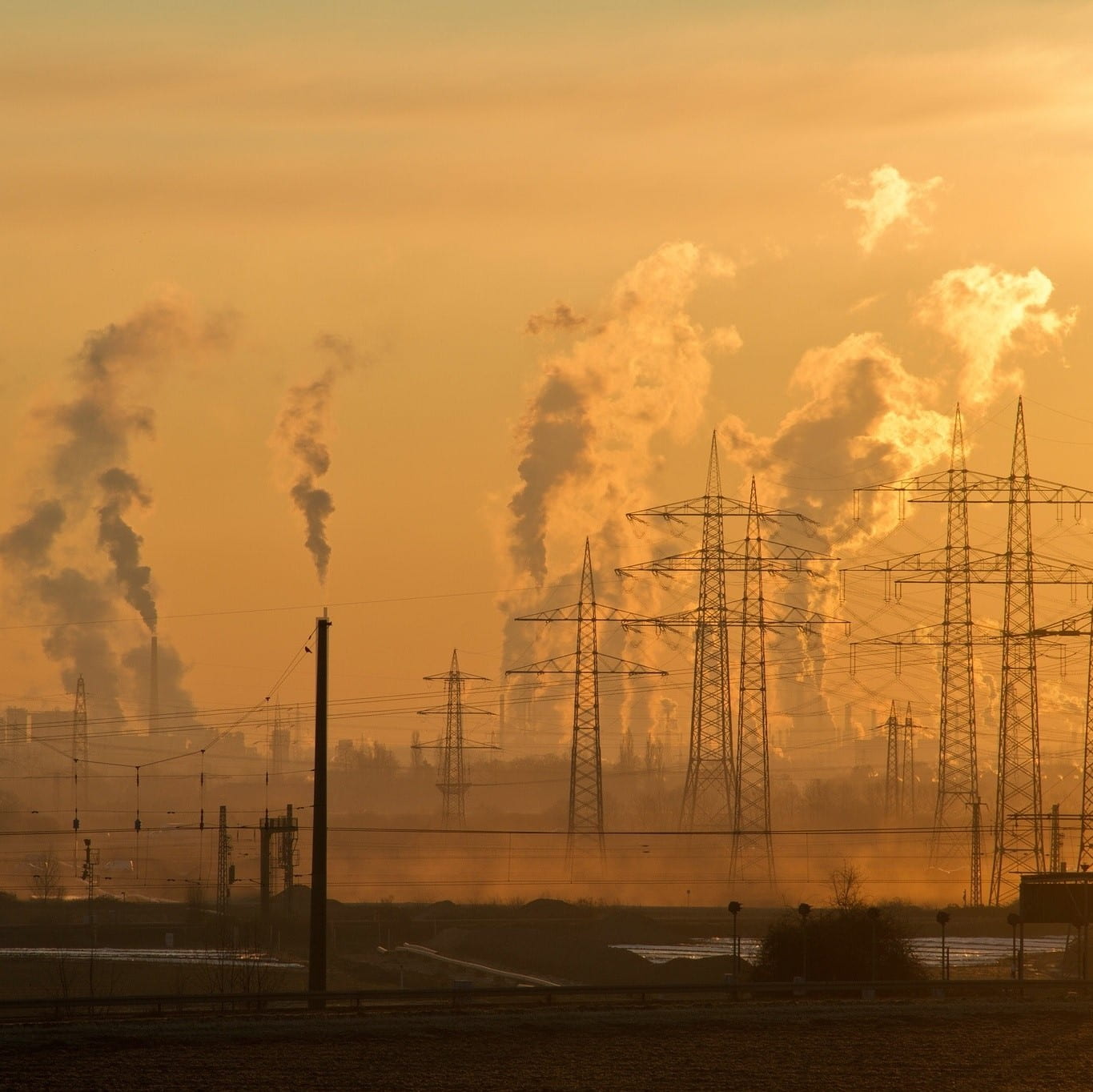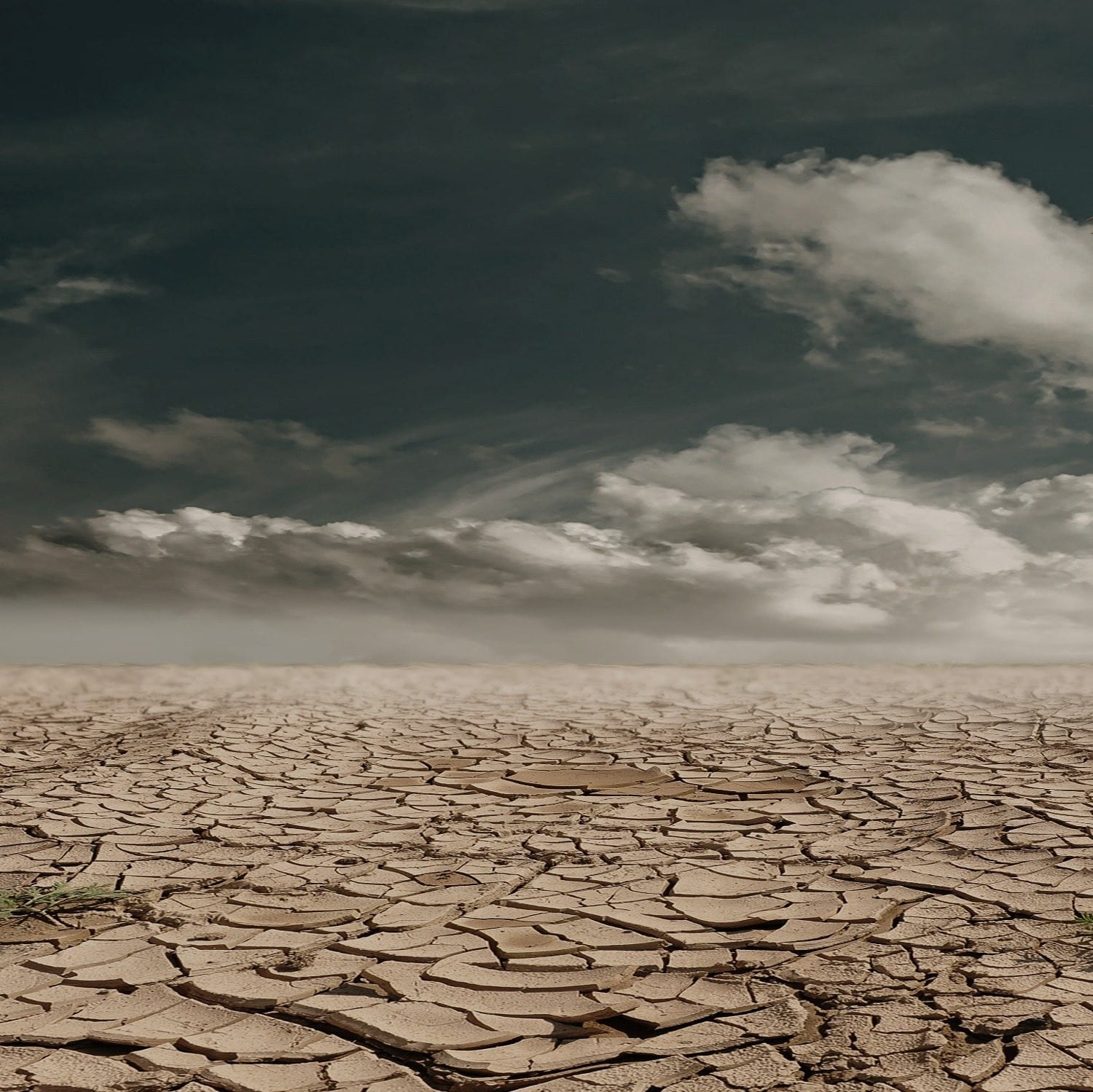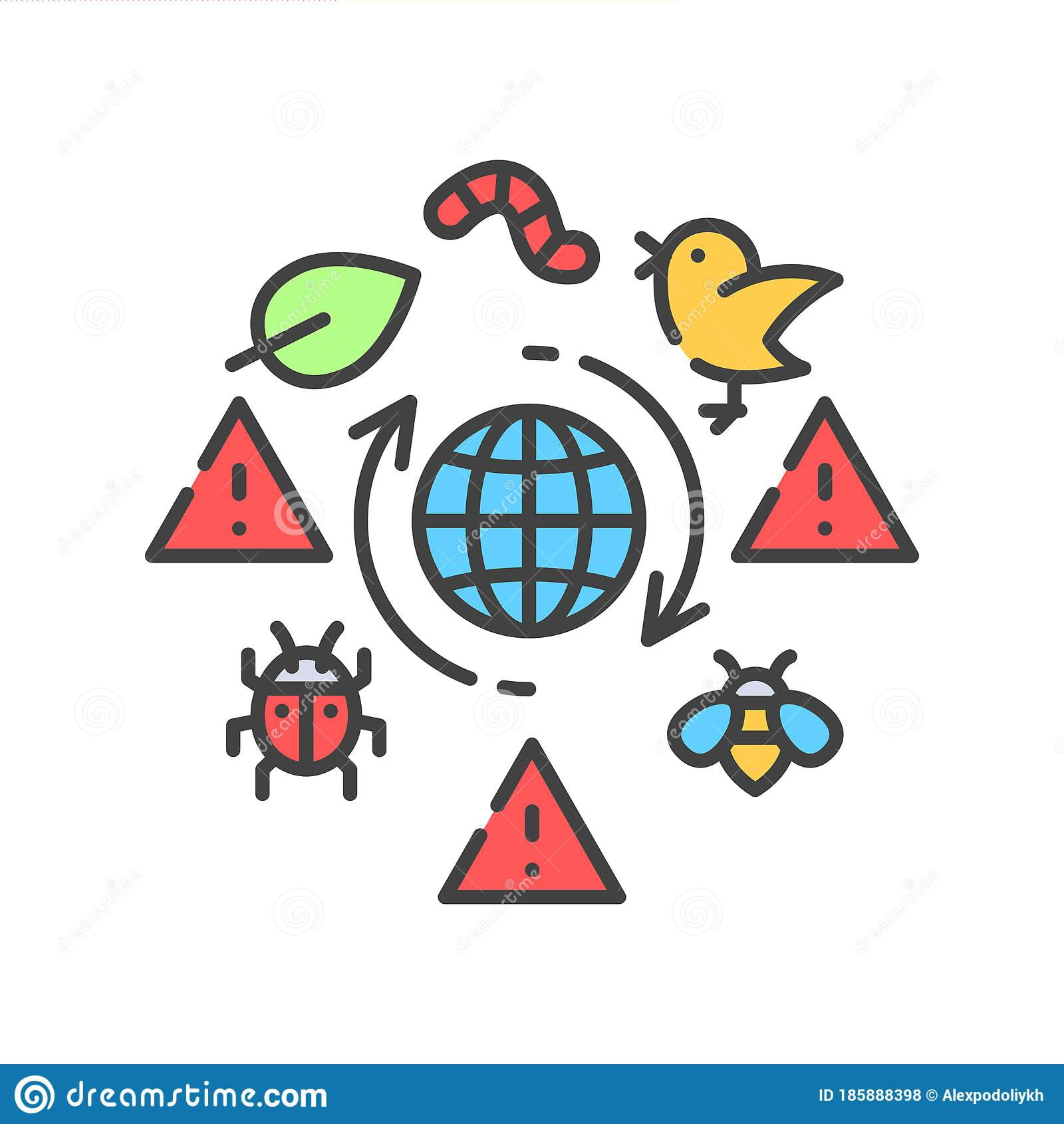From cleaning the oceans to waste recycling and from disaster response to forest management, robotics and AI technology can provide a large array of solutions to urgent environmental problems and has a great potential to contribute to the well-being of society. Yet, environmental applications were not traditionally a strong focus in the robotics field. In general, these applications require the robots to operate in highly cluttered and relatively unstructured environments, e.g. recycling facilities, scrap cutting yards, and farming fields, which comprise excessively challenging operating conditions. Only with the very recent advancements in robotics research and engineering, robots are becoming capable of coping with these challenges, enabling new opportunities for their utilization in a large variety of environmental applications.
The purpose of Environmental Robotics is to develop and regulate preventative, responsive, and restorative measures against unsustainable actions that affect our planet—the necessity of which has never been more relevant or critical.
This site presents an extensive collection of the current applications of environmental robotics that exist in both academia and industry to inspire future research projects and innovations in this domain.
Planetary Boundaries
To categorize current areas of Environmental Robotics research, We have considered the Planetary Boundaries (PB) framework—a scientific model for both examining the degree to which human activities are affecting the critical processes that regulate life on earth as well as identifying upper-bound limits of safe operation within each of the nine aspects.

